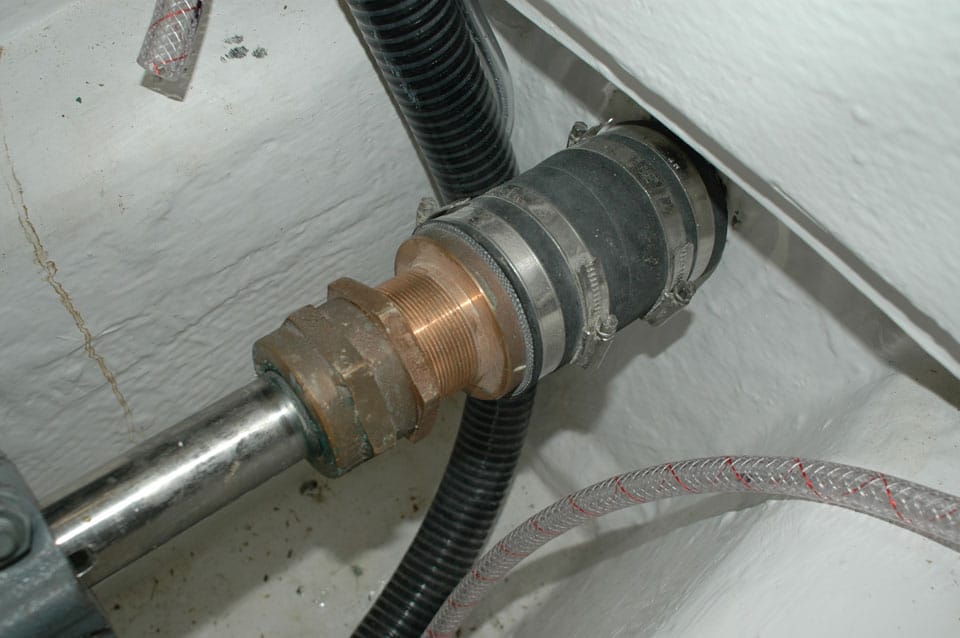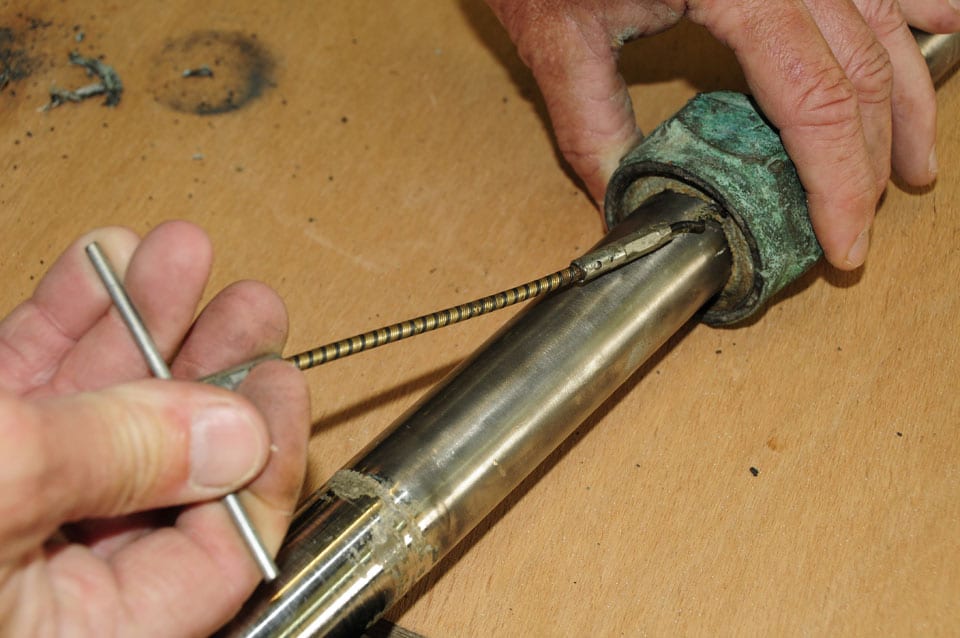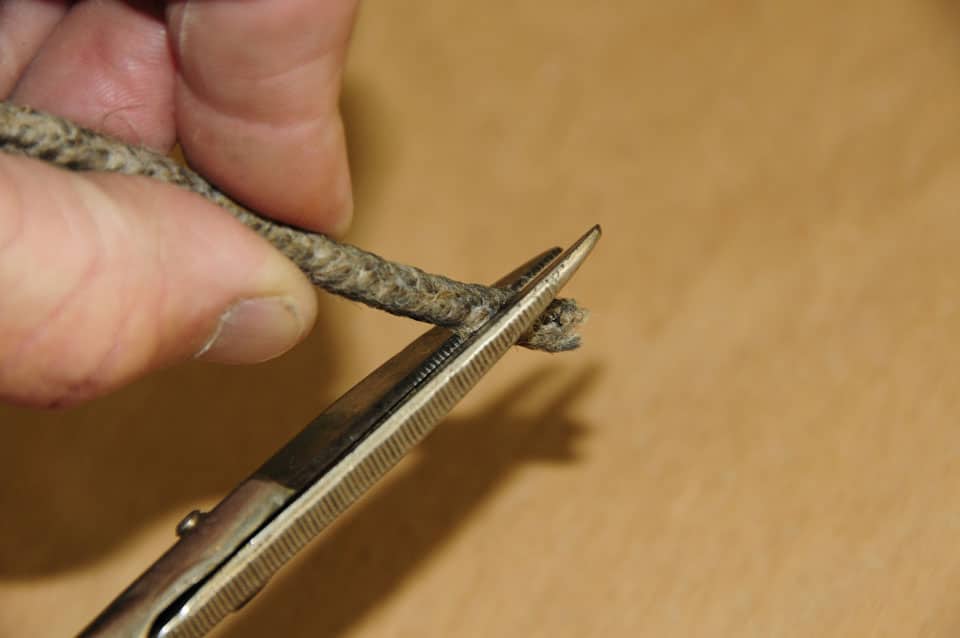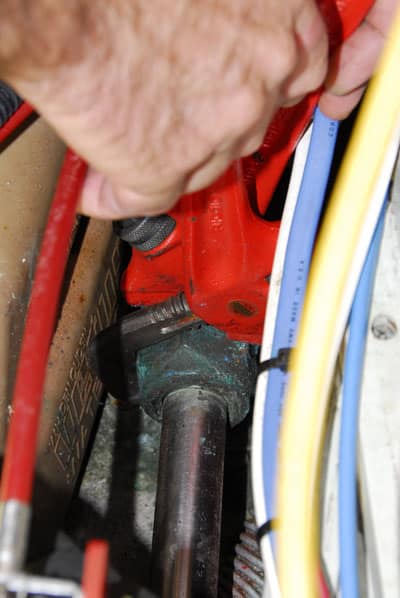A conventional stuffing box requires little maintenance:
Periodically change the ropelike stuffing, inspect the hose clamps for rust, and replace the flexible hose every five years or so. "Hands-On Sailor" by Steve D'Antonio from our November 2011 issue.







